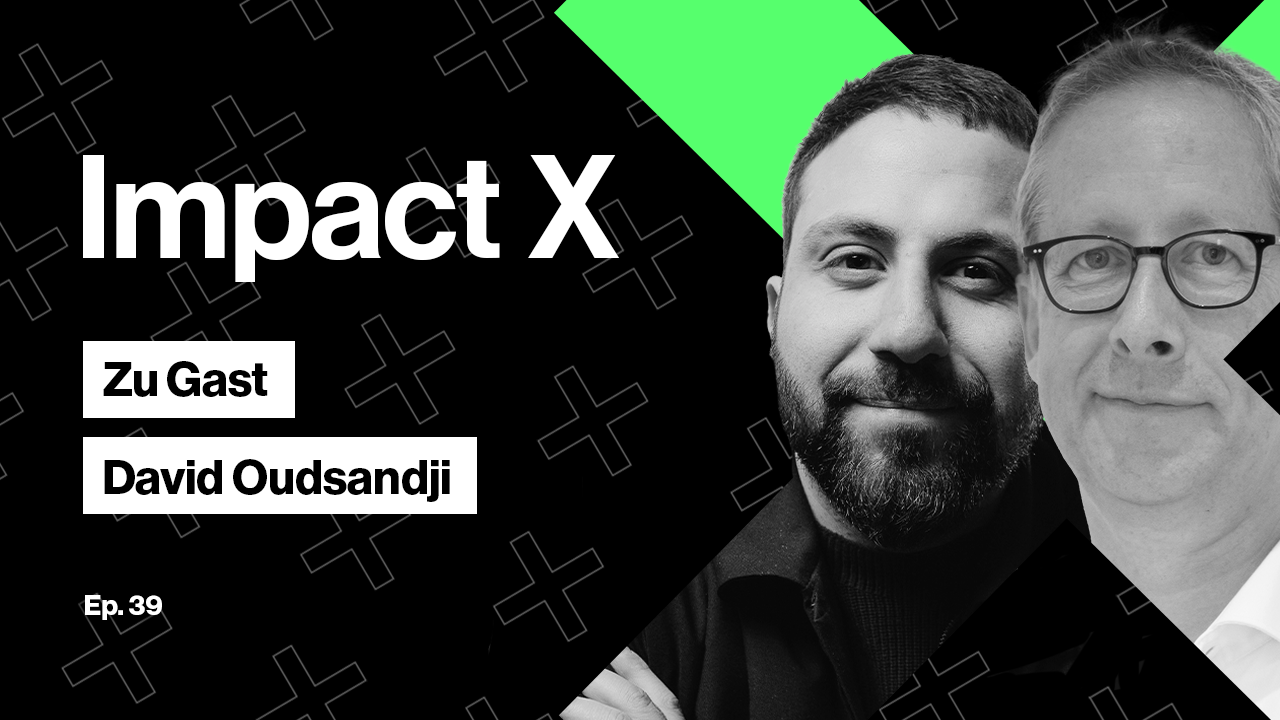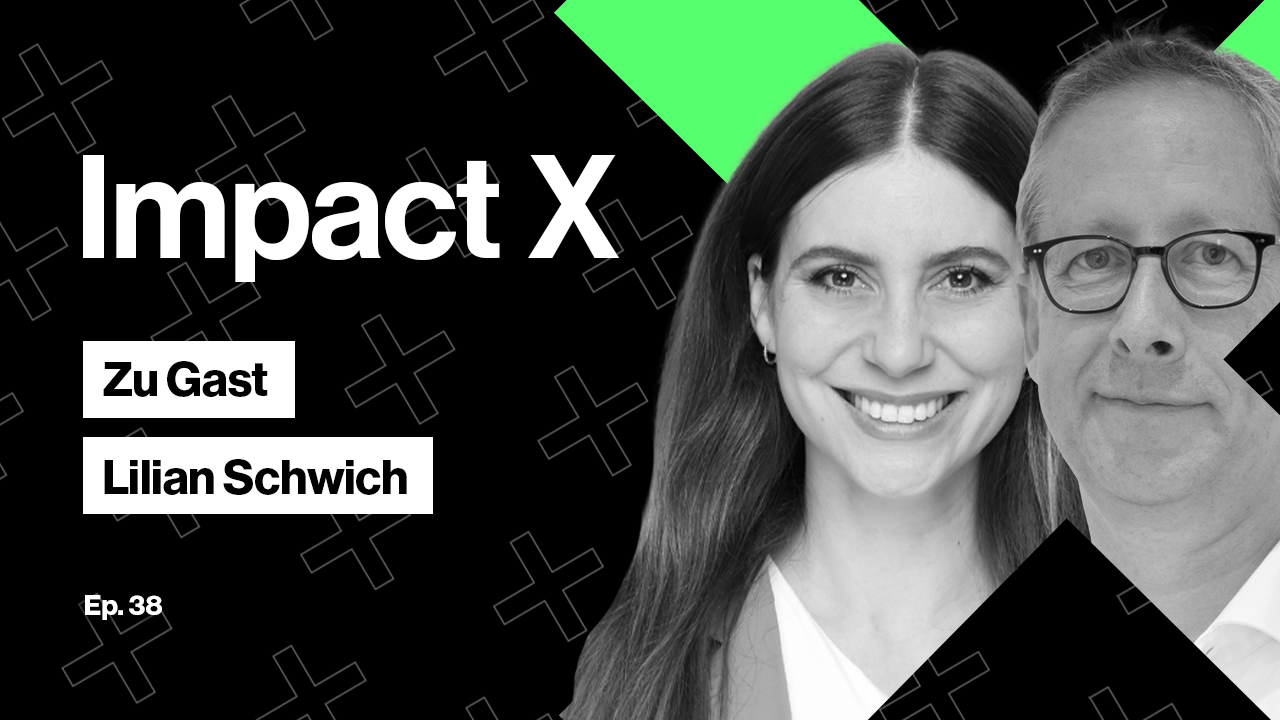Does LinkedIn still have a use in a world with AI content – and if so, what is it?
For many years, LinkedIn has had a palpable use for me. I was able to keep track of relevant and less relevant news from my network and stay in touch with many business contacts. A quick “ping” brought something to my attention and I could follow up.
Those days are over.
The benefits are diminishing every day. This is because LinkedIn is no longer about the user and the added value of using the platform, but about the added value for web operators. Either you pay for the distribution of your message, or you deliver razor-sharp, ultra-easy-to-digest (in reality pre-chewed) content that keeps the masses on the platform for 30 seconds longer, preferably in video format, so that you can play out more paid content in total. You have to please the algorithm for your word to carry weight and be noticed.
Even comments are no longer about content and added value, but about attention and the prevailing truth spread by many coaches about how to build reach and be seen. Substance no longer plays a role. It’s all about vanity or usefulness for the platform: the algorithmic tracking of content that wastes and destroys the attention of fellow human beings. The only thing that counts is what keeps the algorithmic hamster wheel running.
To spare LinkedIn: On all other social media platforms, this process started even earlier. And I think it has now also reached a level on LinkedIn that every user should ask themselves: Is it still worth it?
So who still benefits from LinkedIn?
- Salespeople and self-marketers: If you want to sell seminars, coaching or consulting services, LinkedIn continues to offer an effective environment – provided you play the algorithmic game consistently: polarizing theses, clear instructions and content snippets that can be spread virally.
- Recruiters and job seekers: LinkedIn’s original core function of maintaining professional networks and opening up new job opportunities is still intact – albeit increasingly challenging, given the mass of standardized profiles and automated approaches.
- Corporate influencers: Companies that want to consciously manage their visibility and brand image are still benefiting. Employees are specifically positioned as “corporate influencers” in order to make corporate culture visible to the outside world – but often with calculated superficiality.ur currently one-sided understanding of freedom.
Is AI to blame for the misery?
No, AI alone is not to blame. However, it acts as a powerful amplifier of a system that monetizes attention to the maximum. AI-generated posts are interchangeable, smooth, optimized for reach. They reveal how broken the mechanisms behind the platform already were. The real cause lies in the business model of social platforms themselves: Engagement as the only currency inevitably means that real substance and in-depth discussions are crowded out. AI merely ensures that this process is now finally scaled up.
Content producers: Algorithms or stance?
I don’t sell anything on LinkedIn. No seminars, no coaching, no consulting. For more than 10 years, I’ve allowed myself the luxury of a blog, with a new article every two weeks. Over 1,000 articles – written independently, without a complete editorial team and without AI. With content that you can and should engage with in the field of tech investments, society and technology. Food for thought. Opinions. New perspectives.
Why?
Because I write for people, not machines. Because stance is more important to me than likes. Depth is more important than reach. I want to provide food for thought, open up new perspectives and enter into a real dialog. A long time ago, in 2017, I was recognized as a “Top Voice” by LinkedIn. Back then, the platform was seriously interested in people who could and wanted to provide in-depth content. Today, it is almost exclusively about reach and marketing.
Rethinking LinkedIn – alternatives for more substance
Anyone who, like me, values the exchange on relevant topics is currently left with little more than resignation – or a conscious switch to alternatives. So how do you deal with a platform whose benefits are increasingly being reduced to algorithmic rewards and superficial self-presentation?
Three alternatives on how users can react:
- Strengthen your own channels: Consciously make yourself more independent, for example by having your own blog, podcast or newsletter. These have their own rules and content is not dictated by the algorithm. Reach takes time, but it belongs to you – authentic, sustainable, free from digital heteronomy.
- Back to focused exchange in small circles: Private groups, closed networks or smaller specialized platforms where the focus is on quality and exchange. No mass participation, but conscious conversations between people who really have added value for each other.
- Use LinkedIn selectively and consciously: Employ the platform exclusively as a personal contact memory and professional business card. No more “content” for the sake of reach, but clearly reduced to what it can still do: Keeping in touch and exchanging targeted messages.
Conclusion: stay or go?
Wide-ranging information procurement and genuine exchange outside the box have no measurable benefit for LinkedIn and its advertisers. For users, the added value decreases rapidly as a result.
Perhaps it’s time to rethink our digital presence. To focus on places where substance and attitude count – not algorithms and attention hacking.
Those looking for deep discussion and genuine networking should seriously ask themselves whether LinkedIn is still the right place for this today – or whether the time is ripe to look for digital alternatives. Algorithms reward reach, people reward substance. Let’s finally make a conscious decision about whose side we’re on.



